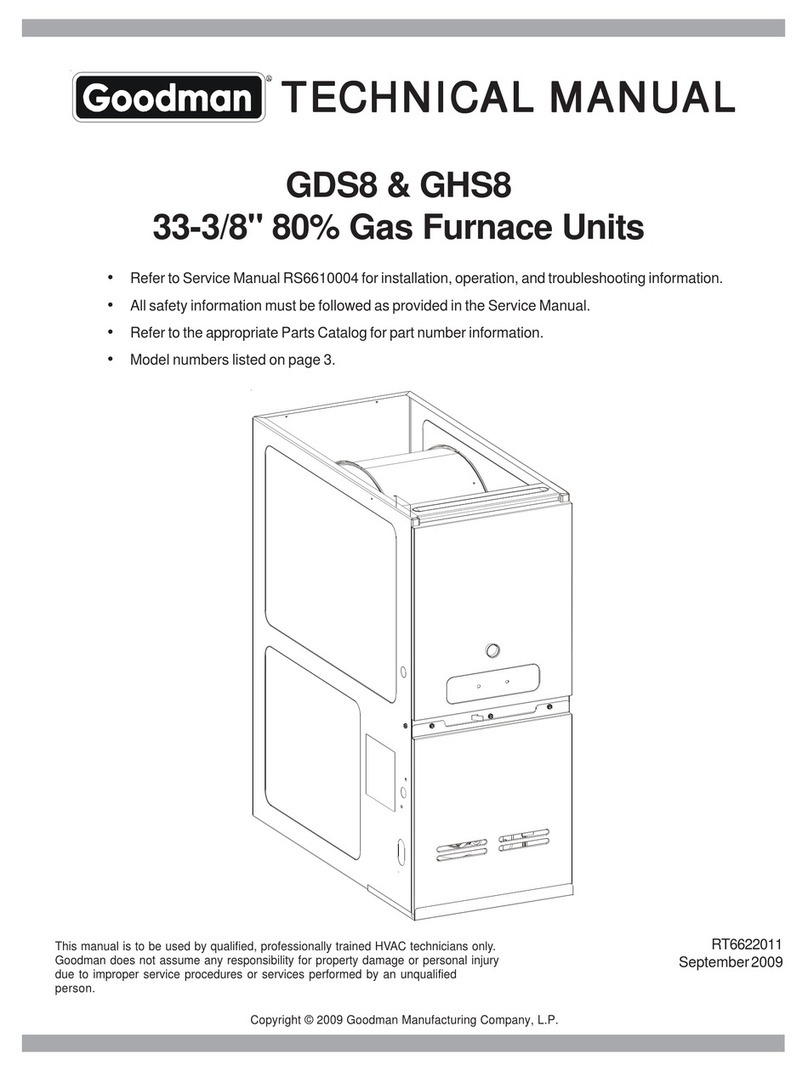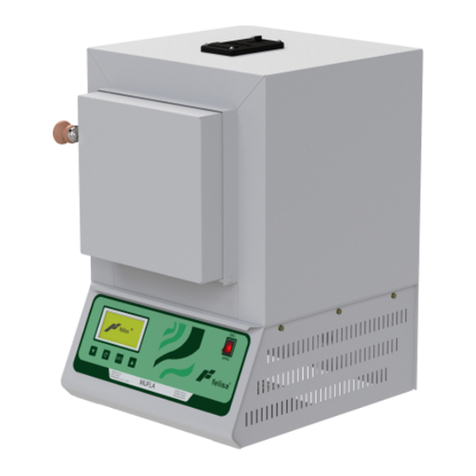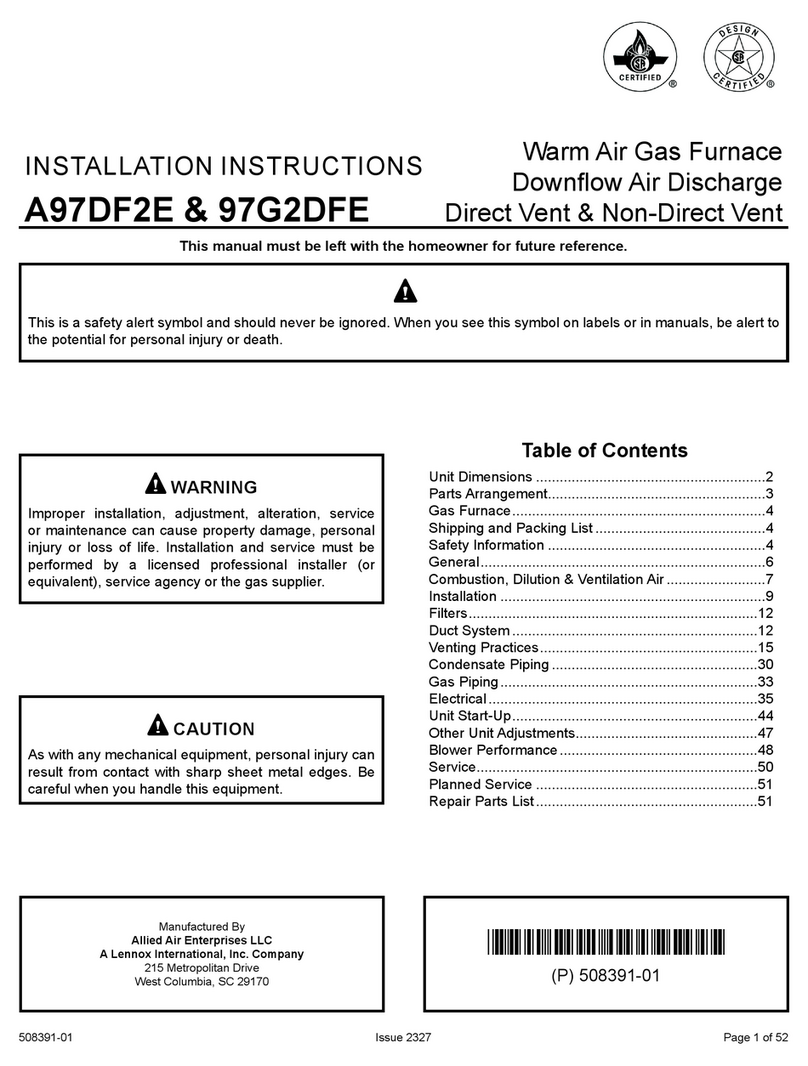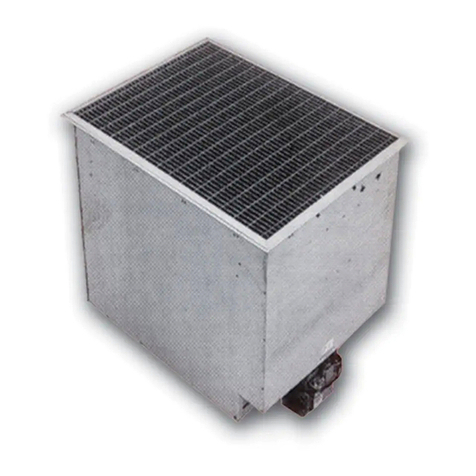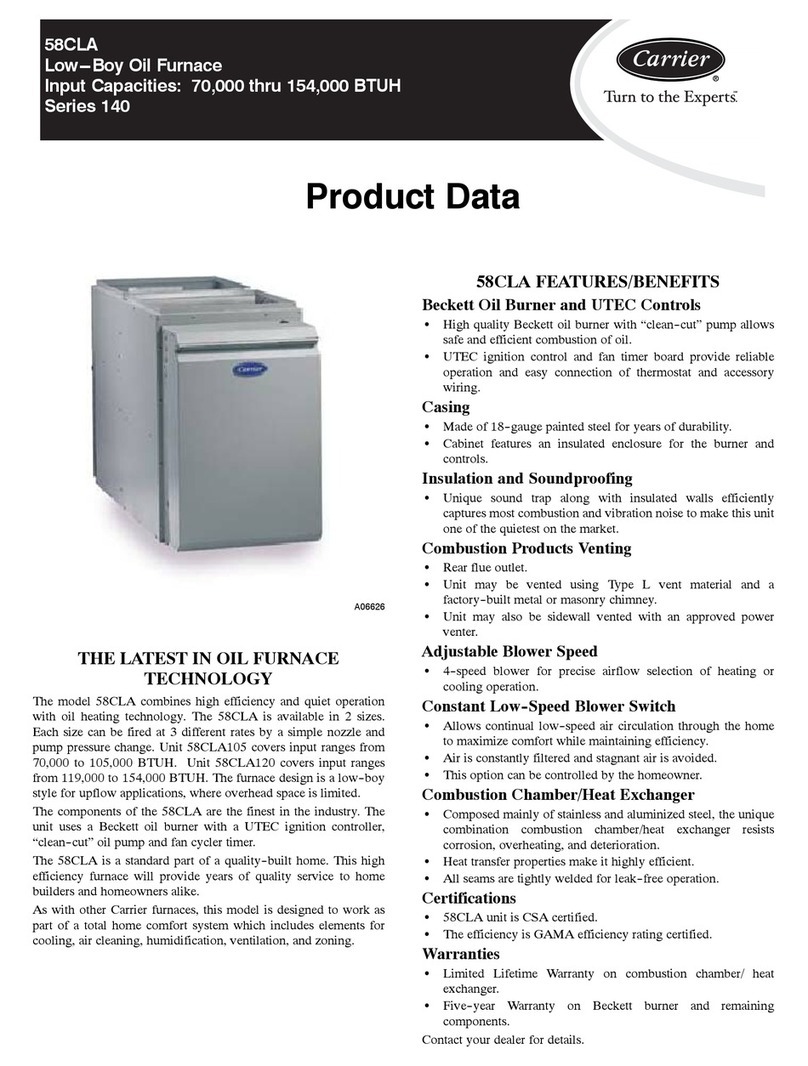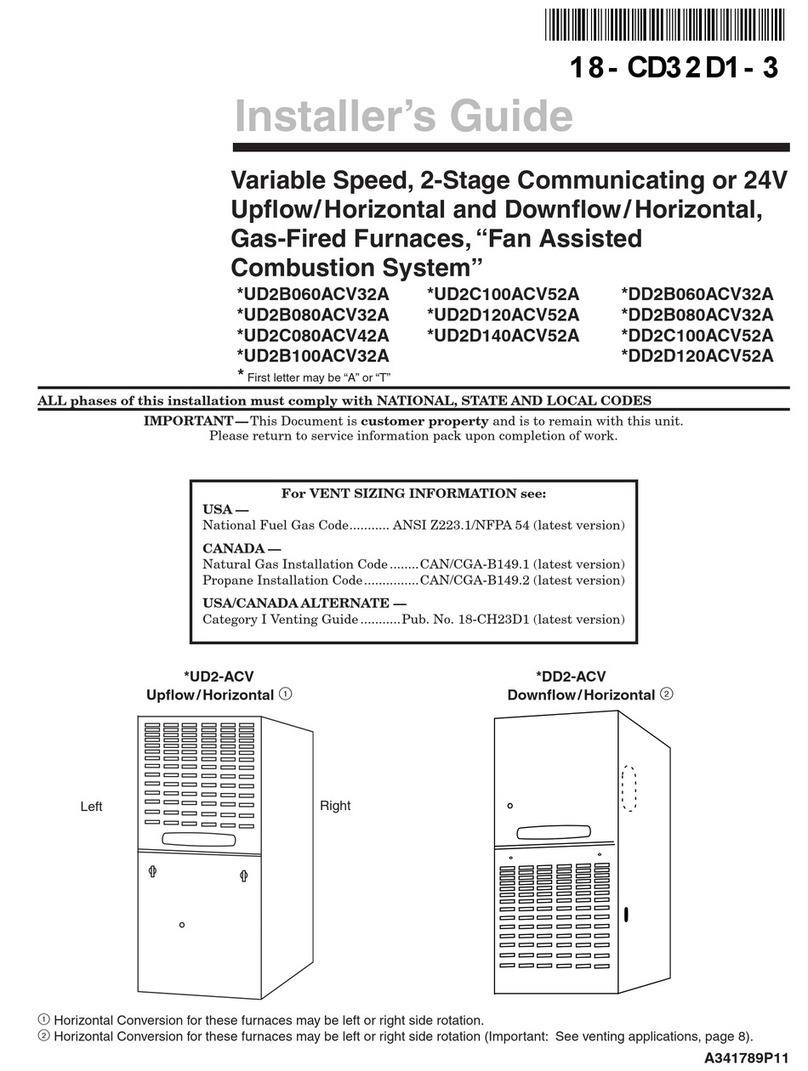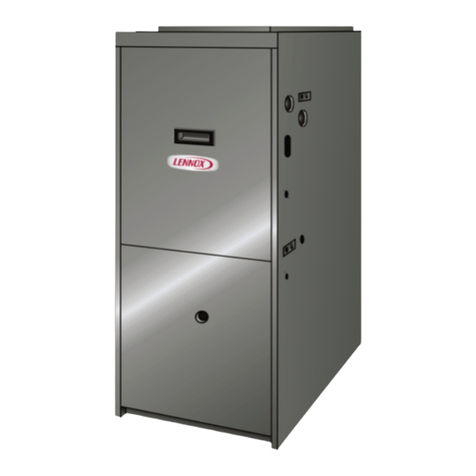Tarlan Technical Little Cracker User manual

Page 1 of 23 Rev B Mar 2012
The “Little Cracker”
Installation Guide
Manufactured by Tarlan Technical Ltd
Salt Water Creek, New Zealand
Phone 03 3136271 Fax 03 3132814
www.littlecracker.co.nz
Thank you for purchasing a “Littlecracker” multi-fuel Fire.
We are sure this fire will give you years of warmth from its professional design and
construction and of course it carries a 2 year warrantee.
For any assistance in fitting of this unit we are only a phone call away.

Page 2 of 23 Rev B Mar 2012
Installation of this fire is critical to ensure adequate ventilation,
We offer a complete install service should you require this.
If you should find any of these instructions incorrect or confusing please tell us!

Page 3 of 23 Rev B Mar 2012
Recommended Clearances
For safe operation the following clearances must be used when installing this fire.
Due to the installation being carried out by a variety of tradesman and owners is it imperative
the operator must check for hot spots when the fire is operating.
If any combustible surface such as wood reaches such a temperature that you cannot hold
your hand on, then remedial action must be taken.
This can be by installing heat deflectors or increasing the clearance to the fire.
Custom heat deflectors can be made on request by contacting Tarlan Technical Ltd.
Minimum Recommended clearances:
Rear of Fire:
Combustible Surface:
From Fire to a combustible surface –i.e. wood or polystyrene insulated wall without any heat
deflectors - wood to be 250mm -polystyrene insulated panel 300mm.
Polystyrene panel temperature must not exceed 65 °C
If an additional metal sheet is placed on the wall, use spacers to hold off the wall 25mm, at
the bottom of sheet the gap from sheet to floor must be at least a 25mm as well as the top gap
must be open, and then recommended clearance can be reduced to 100mm
Sides of Fire:
Clearance from stainless heat shield to any combustible surface is 250 mm; closer clearances
are possible but please consult us.
Pedestal or base of fire:
150mm Pedestal: - A non combustible sheet such as cement board 6mm thick must be placed
between the mounting base and the floor.
75mm Pedestal: A non combustible sheet under mounting plate and tiles must be placed to
extend 100mm past each side of the fire (do not tile under the pedestal or they will crack
when bolts are drawn up)

Page 4 of 23 Rev B Mar 2012
When operating the fire if any surface that is combustible i.e. wood, lining or furniture gets to
the temperature where it is hot to touch then you should be looking at improving the heat
reflectors for greater margin of safety.
Installation Instructions
The correct installation of your new fire is important to ensure both safety and performance.
We recommend installing your fire on the driver’s side of your vehicle to reduce the risk of
the chimney cowl fouling overhanging trees etc. Tarlan can manufacture cowl protectors on
request which is a frame that is affixed to the roof of the bus and allows any branches etc to
ride up and over the flue cap.
However fit where you want it!
For other areas please consult us for tech support- for dwellings a plumber is the best man for
this but we can supply the flue kit if given drawing of roof detail.
Our Motor Home installation method is:
1. We use a modified expandable awning pole- place it in centre of fire outlet and extend to
roof, align the pole by eye with a vertical cabinet or door way on your interior, you can
use a spirit level but check a near surface to compare bus vertical level.
hint: remove anything that may allow you to check what is in the roof cavity, we
removed a speaker to check for wires or roof beams.

Page 5 of 23 Rev B Mar 2012
2. Once you have settled on the fire position and are confident the 150mm hole for the
sleeve will be clear of roof beams and wiring, and are confident you can reach the bolts
when they protrude through the floor( to get the nuts etc on) , mark the 4 holes for the
fire.
3. Drill the 4 holes and use M10 high tensile bolts, if the floor is thin ply etc then fit some
flat steel straps on the bottom side for the nuts to pull up on, make sure it is secured a
strong floor, if in doubt add a chain to a protruding bolt and bolt other end of chain to the
chassis.
4. Mark the centre and drill a ¼ “ pilot hole through the two layers of the roof, you may
need a long drill (make sure drill is kept straight with the line the pole was, get an
assistant to watch drill and make corrections if needed)
5. Use any access such as the removed speaker in this photo to check what is in the roof
lining, i.e. wires or beams.

Page 6 of 23 Rev B Mar 2012
6. Use a 150mm hole saw or a jig saw to cut both surfaces for a Dektite fitting.
Remove as much polystyrene as possible –at least 50mm from hole edge all way around.

Page 7 of 23 Rev B Mar 2012
Insert pink batts where the poly was removed
7. Slide the 150mm liner though the holes, a tip is to temporarily drop flue through the
sleeve and lower into fire. Use spacer as per step 11 to help centralize sleeve (Do not fit
maniseal yet)
8. Fix sleeve to top roof by three metal tabs (not included - made up of any sheet metal
40mm x 15mm wide is sufficient size, bend at centerline 90 deg) –check the sleeve it
should be central and protrude approx. 150mm above roof.

Page 8 of 23 Rev B Mar 2012
9. Apply sealant to outside joint around the 150mm liner. We recommend Simson ISR70-
03, available in black or grey
10. On inside surface if hole is a neat fit then apply a bead of sealant –white if it suits roof
lining for a neat finish –enclosed is a ceiling plate in case hole needs covering up .

Page 9 of 23 Rev B Mar 2012
11. We have a new spacer to hold the flu and 150mm liner parallel to each other –fit this to
flue and position it around 20mm from bottom edge of the 150mm sleeve. (In this
picture we assemble it, then slide it up inside the sleeve and then tighten bolt) spacer
comes as a flat unbent piece which needs to be bent by hand.
(insert bent spacer pic)
9. Cut the Dektite at the 140mm mark and fit, once positioned lift it up, put sealant under
the top lip and pull back down, then proceed to put sealant under the edge and rivet edge
flange to roof.

Page 10 of 23 Rev B Mar 2012
Make sure sealant shows at edges, if it doesn’t apply a bead on the edge of it to the roof.

Page 11 of 23 Rev B Mar 2012
12. Place top cowl onto sleeve, mark height of the flue ,(or measure from top of Dektite and
mark at xxxx mm) remove cowl and cut the flue to length as per page 8 (we use an angle
grinder with 1mm cut off disc)
13. Put Maniseal around the flue below the rib and drop into fire (don’t do this if you are
removing flue to cut to length, do it on last fit) wipe Maniseal surplus off quickly with a
damp cloth
14. Put a bead of RTV of the very top lip of the flue and fit cowl, check cowl is central and
straight, and then put a rivet on each of the protruding legs at the bottom of the cowl.

Page 12 of 23 Rev B Mar 2012
15. Optional Rain Cap can be fitted at any time after installation; this will need drilling and
riveting in place.
Note: Rain Hood is top part with fin –shown attached to
cowl

Page 13 of 23 Rev B Mar 2012

Page 14 of 23 Rev B Mar 2012
Ensure that the inner flue sits central in the outer, move the fire slightly to adjust. Fire can be
bolted in position once lined up properly, if fire is not straight add washers under plate
around bolt holes to correct.
Important!
Your fire is heavy (45kg) and precautions must be taken to ensure it is
securely anchored to your floor to reduce the risk of it tearing free in an
accident.
We strongly recommend that bolts are run right through the floor with a large plate or steel
straps placed on the underside to stop bolts from pulling through the floor.
Important!
Your fire must be closed down completely when you are traveling otherwise it may overheat
as air is forced through it and/or blow back ash or soot into your mobile home.
INSTALLATION OF COWL AND FLUE
The 400 mm long 150 mm diameter stainless steel sleeve supplied with this kit can be
shortened to suit your application, but for motor homes it should be close to the right length
the stainless ceiling finishing panel can be omitted if preferred.
Once the 150mm diameter sleeve has been secured, slide the cowl over this until it bottoms
on the sleeve, then pull it back approx 20mm and mark mount positions. (This provides
the air gap for insulating air)
Measure from inside cone to the fire and add 20mm to obtain the flue length
The ceiling panel is used to tidy the fit around the sleeve, on curved ceilings this will have to
be formed to match the curve and the hole will need to be elongated to match the change in
profile.
The flue must be sealed using Maniseal (available from hardware or automotive parts
outlet) or similar product.

Page 15 of 23 Rev B Mar 2012
Wipe flu and stainless shields with mentholated spirits before firing the fire for the first time
–this will reduce the staining from handling the flue.
Optional Flue Heat Reflector
These are supplied in 1200mm lengths and can be cut down to suit, simply send us the length
and we can do this for you, the brackets are supplied loose in case the length is altered.
Please ensure that the white plastic film is removed before use!
Place brackets on the centre line of the reflector, equal distance from either end (any distance
you prefer, mark and drill the holes.
Either bolts or rivets are supplied with the kit.

Page 16 of 23 Rev B Mar 2012
(Outer part of cowl not shown for clarity silver part is the flue)
Slide flue through this cowl centre until approx 20mm protrudes through the lower cone only,
screw or rivet cowl to flue through the three legs that protrude at the base of the cowl, apply
RTV or similar sealant to the flue before it is placed into cowl, a screw at this point between
flue and top of inner cowl is optional (as it needs removal of outer cone for access we don’t
do this)

Page 17 of 23 Rev B Mar 2012
Dektite roof flashing for uneven or fiberglass roof, or for ease of installing
This is our recommended type of seal then drill the holes all at 150mm diameter and skip steps 4 to
8.
If using a Dektite or similar cut the opening to 150mm and ensure there is at least 150mm of
the SS liner protruding to enable cowl to attach. The Dektite will need to be cut on the 140 –
150mm diameter as marked on the “easily identified sizing”

Page 18 of 23 Rev B Mar 2012
With a 150mm pedestal these fires are 468mm from base to flat surface of fire
How to use Guide
The “Little Cracker”
Manufactured by Tarlan Technical Ltd
Salt Water Creek –New Zealand
Phone 03 3136271 Fax 03 3132814
www.littlecracker.co.nz
Thank you for purchasing a “Littlecracker” multi-fuel or Wood Fire.

Page 19 of 23 Rev B Mar 2012
We are sure this fire will give you years of warmth from its professional design and
construction and of course it carries a 2 year warrantee.
For any assistance in fitting of this unit we are only a phone call away

Page 20 of 23 Rev B Mar 2012
Introduction
Thank you for purchasing this new solid fuel burner, with the correct installation and by
following some basic use and care instructions it will provide you with many years of
excellent service.
As with any burner it is important from a performance and safety viewpoint that a good deal
of consideration be given to the placement of the unit within your camper, dwelling, caravan
or boat. This unit will generate a surprising amount of heat so please be sure to follow our
guide and locate it well clear of combustible materials, our clearance measurements should be
viewed as a minimum safe requirement. (See back page) In a motor home we would
recommend positioning the unit on the drivers side to minimize problems with the flue
fouling roadside trees, an uncluttered area will ensure the heat spreads within your van.
Generally the daytime living area will be the most suitable spot especially if you are
intending to make use of the fires cooking capabilities. We have different pedestals available
to suit different installation requirements; generally we would recommend no higher than
200mm, please contact us for details.
24 Month Warranty
Your new burner is guaranteed against any defects in materials or workmanship for a
full 2 years. This warranty does not cover “expendable parts” e.g. knobs, grate, and is
void if fire is subject to misuse or neglect.
We will not cover any fire that is rusted due to driftwood or rain entering via flue.
In the unlikely event of any problems please contact us in one of the following ways; we will
endeavor to remedy your problem quickly and efficiently.
Phone (03) 3136271
Fax (03) 3132814
We would also appreciate your feedback, comments, tips and suggestions as we are
constantly striving to improve our products.
Other manuals for Little Cracker
1
Table of contents
Popular Furnace manuals by other brands

Baxi
Baxi Luna HT Residential series troubleshooting guide
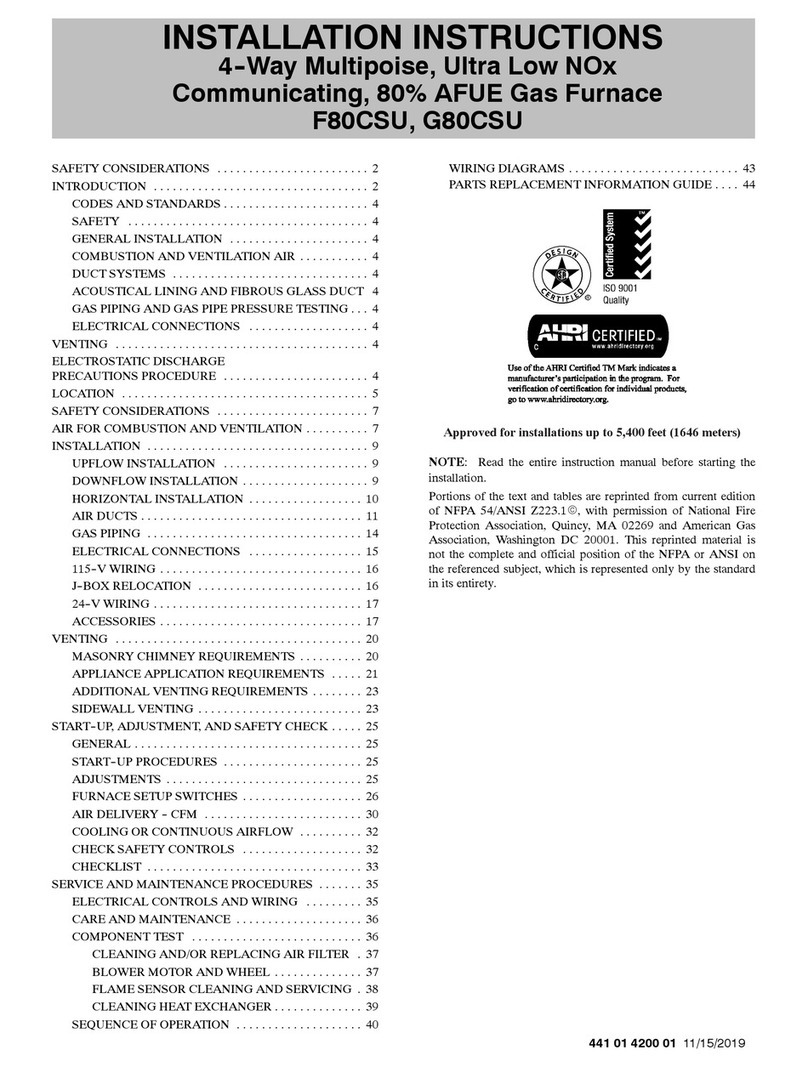
AHRI
AHRI F80CSU installation instructions
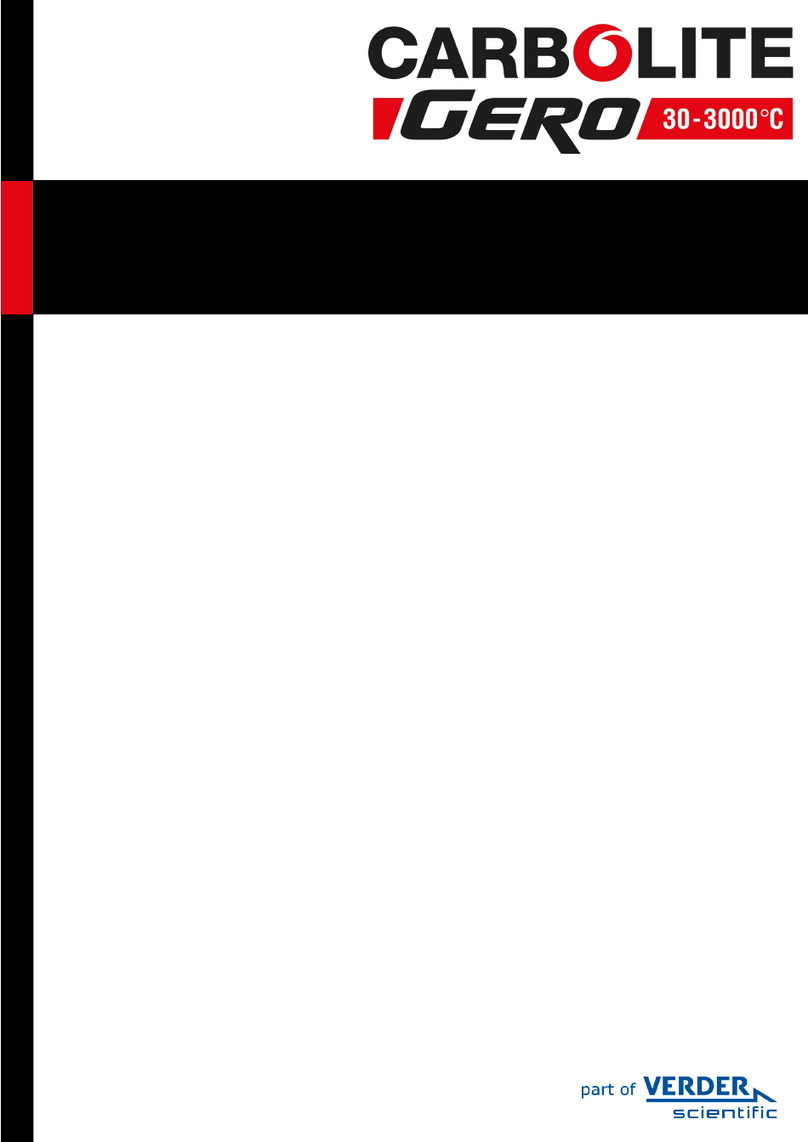
VERDER
VERDER CARBOLITE GERO CWF 12 Installation, operation and maintenance instructions
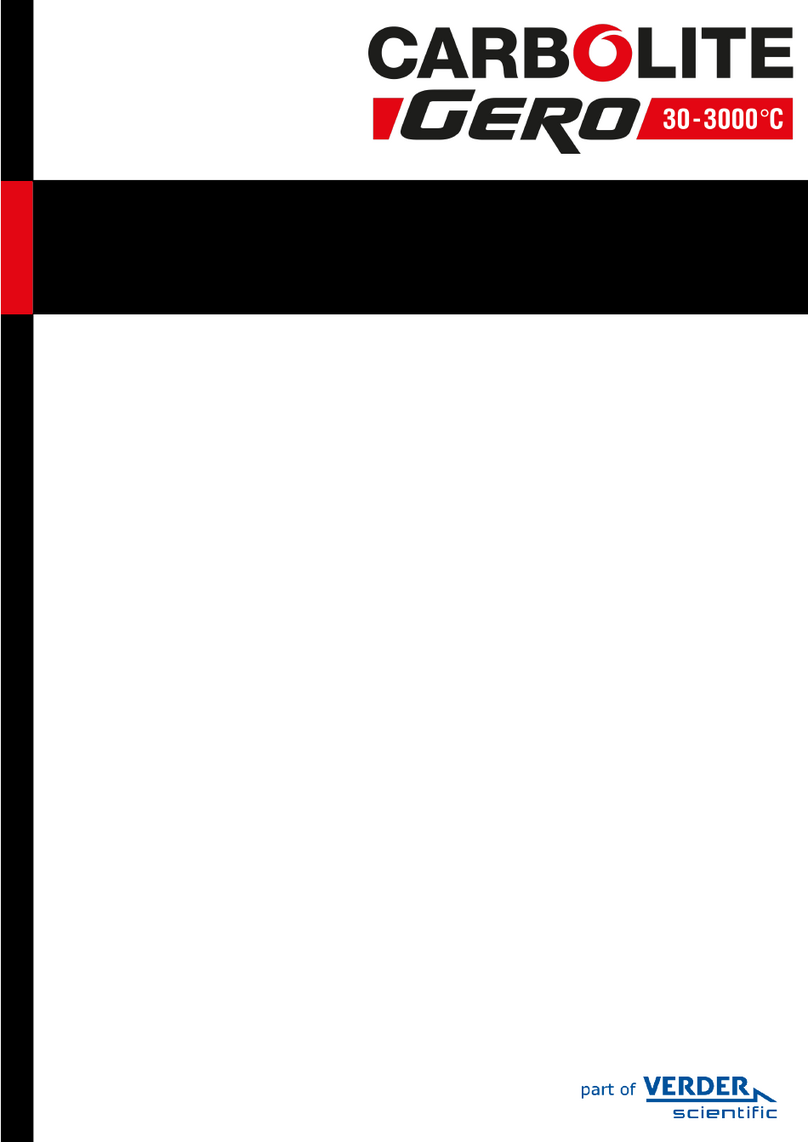
VERDER
VERDER CARBOLITE GERO STF 15/450 Installation, operation and maintenance instructions

Goodman
Goodman GMVC950453BXAA Technical manual

York
York PV8 Technical guide


